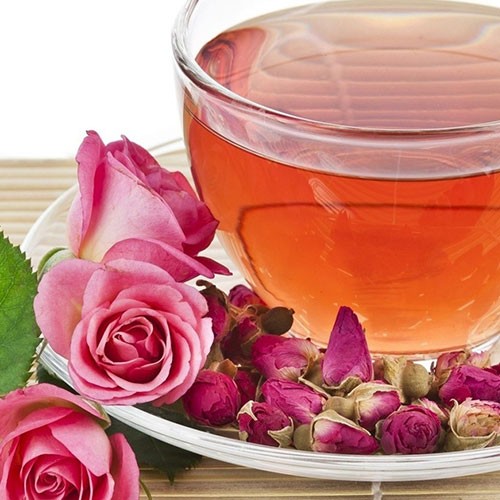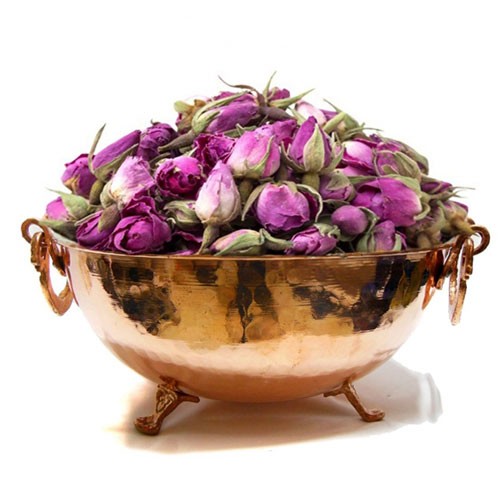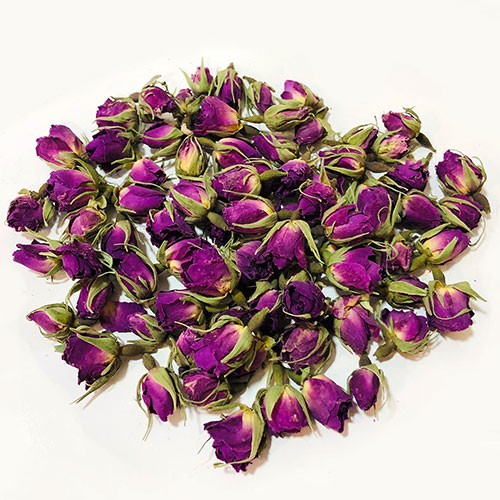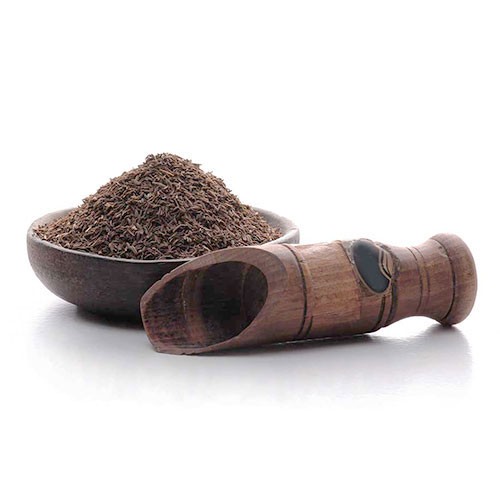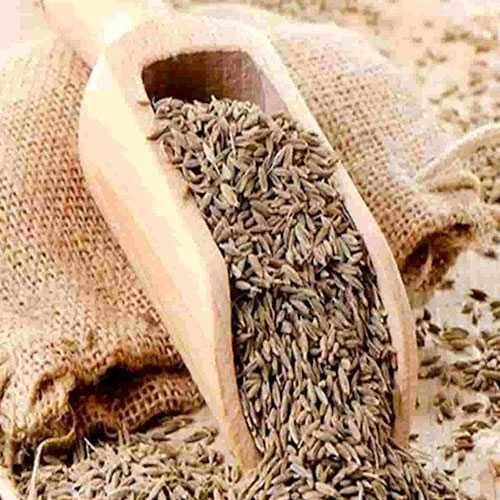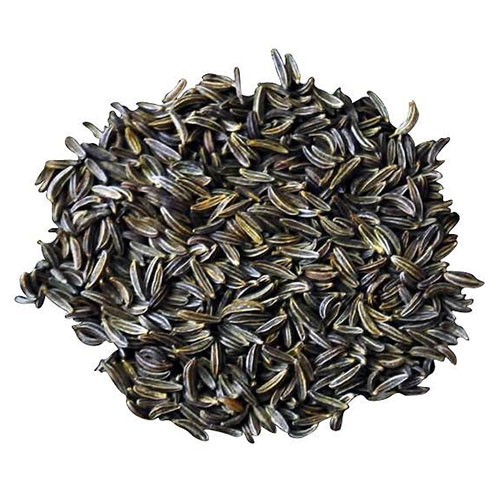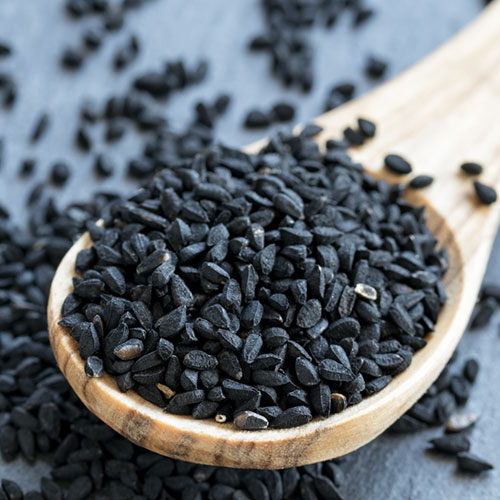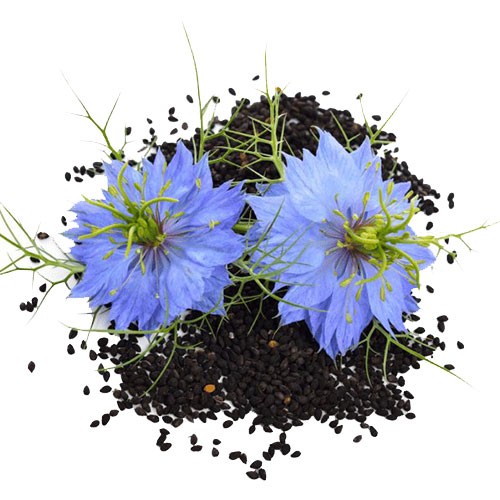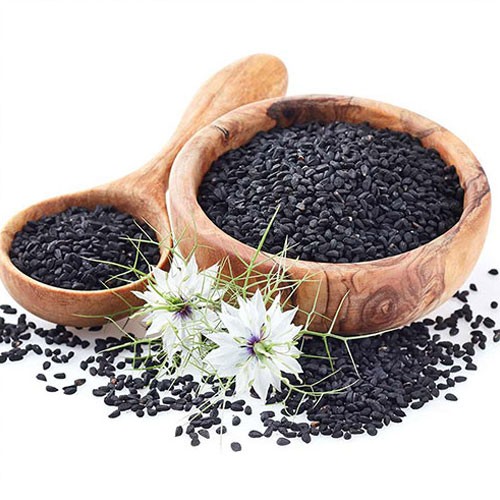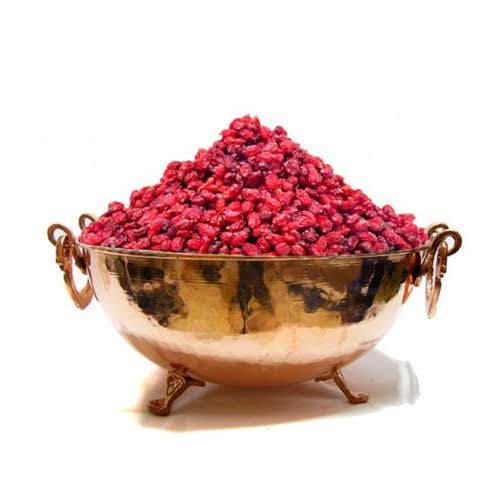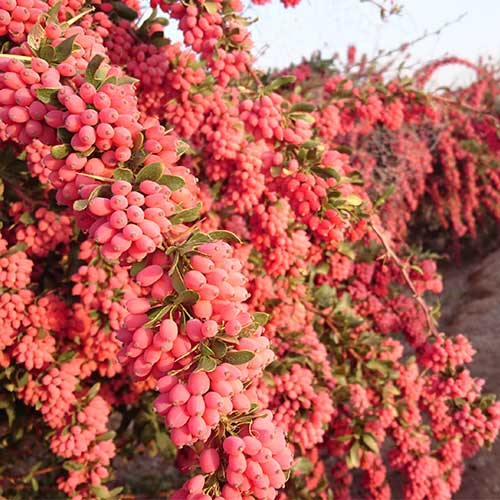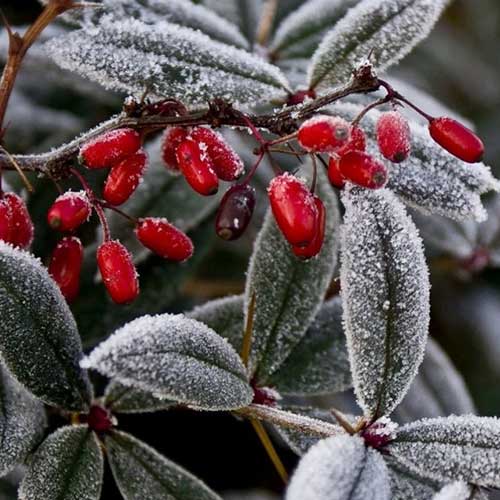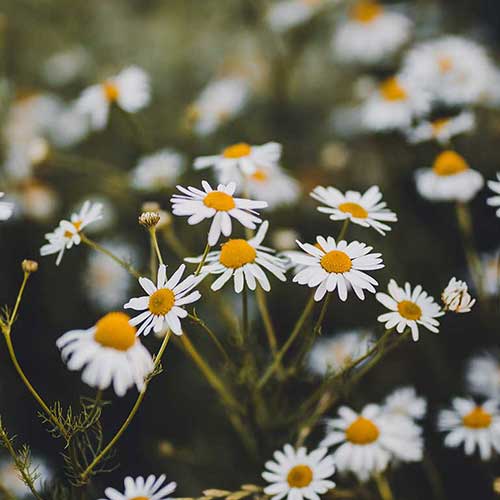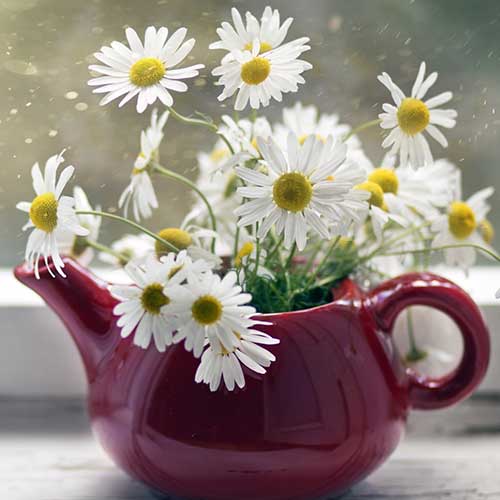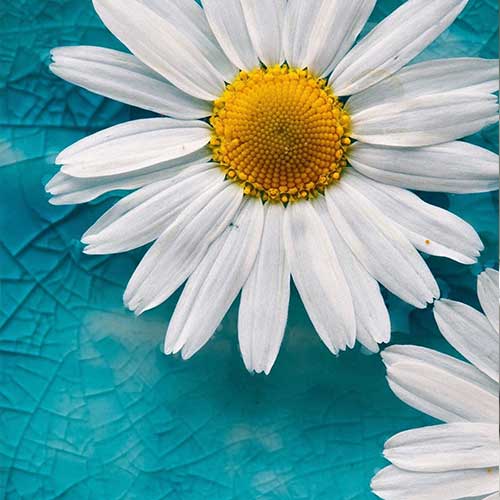Damask Rose
-
By
 YaserFoods
YaserFoods
Damask Rose
Scientific name: Rosa damascene Mill
English name: Damask Rose, Bussora rose
Farsi name: Gole mohammadi, Gole sorkh, Gole golab
Arabic name: Warda, Ward alaham
This plant belongs to Rosaceae family and its organs used is Flower. Active substance of This fragrant plant is essential oil and components of this oil are acyclic monoterpene alcohols, geraniol, citronellol and nerol. Important part of rose oil is β-damascenone.
The most therapeutic effects of This medicinal plant are including:
• Treatment of abdominal and chest pain
• Treatment of menstrual bleeding
• Treatment of digestive problems and reduction of inflammation
• Used as a laxative
• Treatment of depression
• Helps the reduction of thirst
• Treatment of cough
• Skin health
• Other
This fragrant plant is native of Europe and Middle East countries like Iran and Turkey. some studies show that this medicinal plant has originated from Damascus and then went to the European countries.
